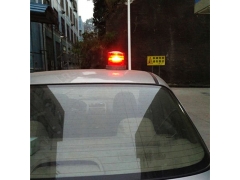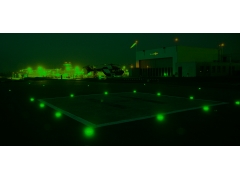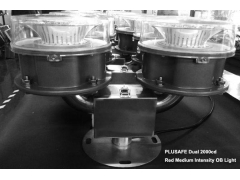Why should infrared obstacle lights be taken seriously
According to a pilot report in 2009, the FAA reported an incident where a tower was equipped with a traditional red LED light source. As a result, a pilot wearing an NVG almost missed the tower while the tower was pointed it out through a pilot who did not wear an NVG. Therefore, warning that some LED lights may not be recognized by pilots with NVG. To indicate that they need further security measures.
Because the case of the iron tower can be applied synchronously in the field of airport lighting, the LED light source apron may have good visibility during the day and night, but pilots with NVG may not be able to easily recognize the apron.
At present, the sensitivity of NVGs ranges from 450nm to 920nm, and it can be observed that most LED spectra can still be recognized (390-700nm). However, if the visible light on the cockpit is not well filtered by NVGs, the automatic gain control of NVGs will be activated, potentially reducing the visual effect of pilots.
Based on this, this type of pilot NVGs usually add (Class A, B, C) filters on the objective lens, which are designed to filter out visible light in the cabin without affecting the pilot's visual effect. For example, Type A limits the visibility to 625nm, which allows for the use of blue, green, and yellow instrument light. Type B limits the use of red light in instruments to below 665nm. Therefore, this type of NVG device is equipped with an A-type lens that can see light above 625nm, and a B-type lens that can see light above 665nm. As for red LED lights (620-646nm), the A-type filter may be limited in visibility under NVGs, while the B-type filter may not be visible.
That explains why some LED lights maybe not good recognized by the pilots who wear NVGs.

 Return list
Return list


Get In Touch With Us